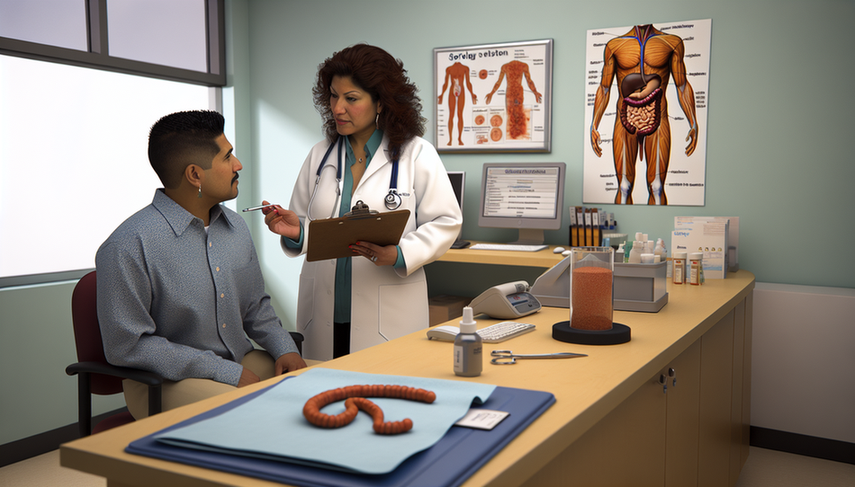Celiac Disease Diagnosis: Serology, Anti-Tissue Transglutaminase Antibodies, Endoscopy with Biopsy, and Malabsorption Symptoms

Celiac disease is an autoimmune disorder primarily affecting the small intestine, triggered by gluten ingestion in genetically susceptible individuals. Its prevalence in the general population ranges from 0.5% to 2%, averaging around 1% [1]. The diagnosis of celiac disease has significantly evolved, currently relying on a combination of serology and endoscopy with biopsy, along with the assessment of clinical symptoms.
Profundizando en el Diagnóstico
The diagnosis of celiac disease begins with serological tests, with anti-tissue transglutaminase antibodies (TG2-IgA) and anti-endomysial antibodies being the most commonly used due to their high sensitivity and specificity [2]. However, it is crucial to confirm these results with an endoscopy with biopsy of the small intestine, which reveals the characteristic villous atrophy of the disease [3]. In some pediatric cases, biopsy may be avoided if antibody levels are extremely high and other diagnostic criteria are met [4].
The clinical presentation of celiac disease is highly variable, ranging from classic gastrointestinal symptoms such as diarrhea and malabsorption to extraintestinal manifestations and subclinical cases [5]. This variability in clinical presentation necessitates that physicians maintain a high level of suspicion and consider celiac disease in patients with nonspecific symptoms or those belonging to at-risk groups.
Conclusiones
The diagnosis of celiac disease is a complex process requiring a combination of serological tests, intestinal biopsies, and clinical evaluation. Despite advances in diagnostic testing, the disease remains underdiagnosed, underscoring the importance of ongoing education for healthcare professionals and continued research to optimize the diagnosis and management of this condition. Adherence to a strict gluten-free diet remains the only effective treatment, although research into alternative therapies is ongoing [6].
Referencias
[1] Coeliac disease.
[3] Epidemiology, Presentation, and Diagnosis of Celiac Disease.
[4] Celiac Disease: Clinical Features and Diagnosis.
[5] Celiac disease: a comprehensive current review.
[6] ACG clinical guidelines: diagnosis and management of celiac disease.
Created 2/1/2025
